Diamonds do not come out of the Earth in the exact shape one wants. The process involves cutting it into the exact shape that can be set on a ring or jewelry piece. A rough diamond needs a stringent process of planning, diamond cutting, and polishing so it can shine brightly.
Why Is Diamond Cut Important
Every reputable jeweler understands the importance of a properly and excellently cut precious stone. It can spell the difference between a brilliant piece and a mediocre grade stone. Before embarking on getting your diamond cut—or choosing a cut diamond in the market—here are a few things to know about diamonds and the cut they have.
How Does Cut Affect A Diamond’s Quality?
Those who are just starting out their collection usually assume that a diamond’s cut simply denotes its shape as a stone. In technical terms, the cut is actually the proportion, symmetry, and shine that a diamond has prior to shaping it from its rough form.
It’s one of the more basic criteria, as the 4Cs help jewelry enthusiasts examine if their diamond is worth the price tag.
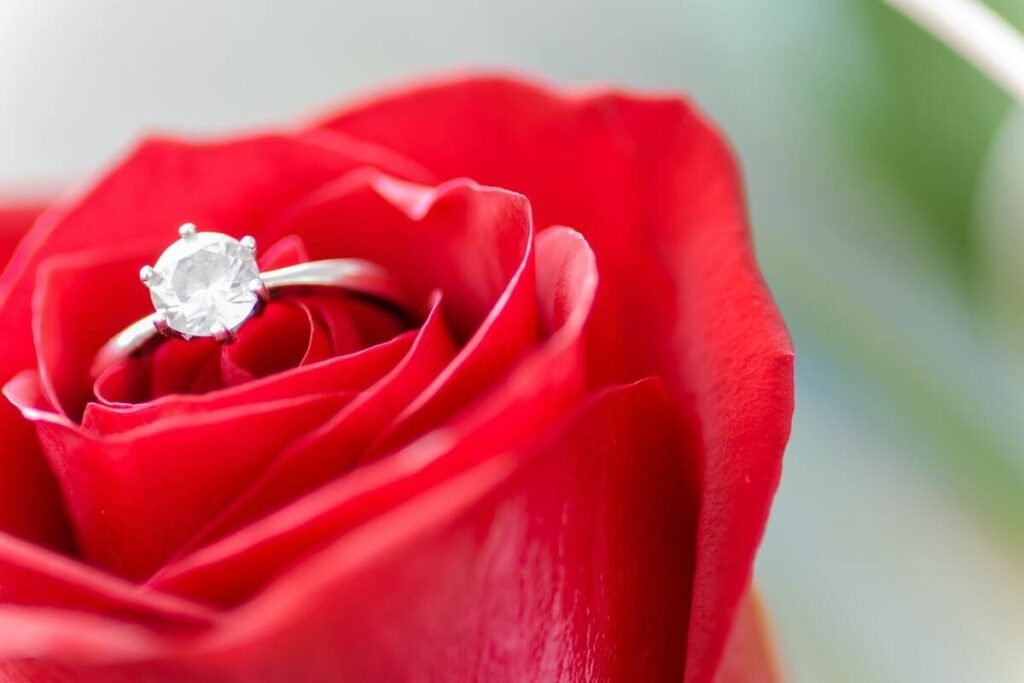
Brilliance, fire, and scintillation
A diamond’s appearance carries its value far beyond the cut or the carat. That sparkle and shine that catches buyers’ eyes are usually comprised of three things.
Brilliance pertains to the brightness of the diamond’s shine, which includes the white light reflected inside the diamond and out back to the surface. Fire refers to the dispersion of light into different colors, as if fire roars within the diamond. Finally, there’s scintillation, which refers to the flashes of light and dark within the diamond. All of these three factors interplay to create a diamond that is either eye-catching or dull, which then dictates its quality.
GIA’s grading for diamond cut quality
Because a diamond cut considers many factors, its grading is not as straightforward nor easily applied to all shapes. Currently, GIA’s rating for diamond cut quality only applies to round shapes. This criteria in grading still remain very recent, applied only since 2005, and with the criteria still being improved on.
When it comes to round diamonds, GIA’s rating can range from excellent to poor, taking into consideration the aforementioned factors. Because the cut grading still varies depending on the seller, it may be good to know which institution your jeweler subscribes to.
For the most part, diamond cut ratings typically include girdle width, polish, and symmetry. These create a fuller picture of the diamond and makes it easier for buyers to assess the stone in a more holistic manner.
Basics Of Cutting
In understanding the diamond cutting technique, there are a few terms and parts of the diamond that you may need to know. Diamond cutting is not just concerned with the resulting shape of the diamond.
It involves a lot of other processes and parts that begin with the rough diamond. Responsible jewelers will need to weigh the pros and cons of how they will cut the diamonds to fulfill requirements while also making the most out of the rough cut.
Depth and table
Many jewelers and experienced buyers keep an eye out for a diamond’s characteristics. The diamond’s main look can be dictated by two criteria: the depth and the table.
Most jewelers prefer the depth of a diamond to be lower so that the diamond will appear to be bigger in size relative to its carat weight. For both criteria, jewelers hold the magic number 66.7% as the proper calculation for both. This gives the most yield for a cut diamond while maintaining the appearance of a bigger cut.
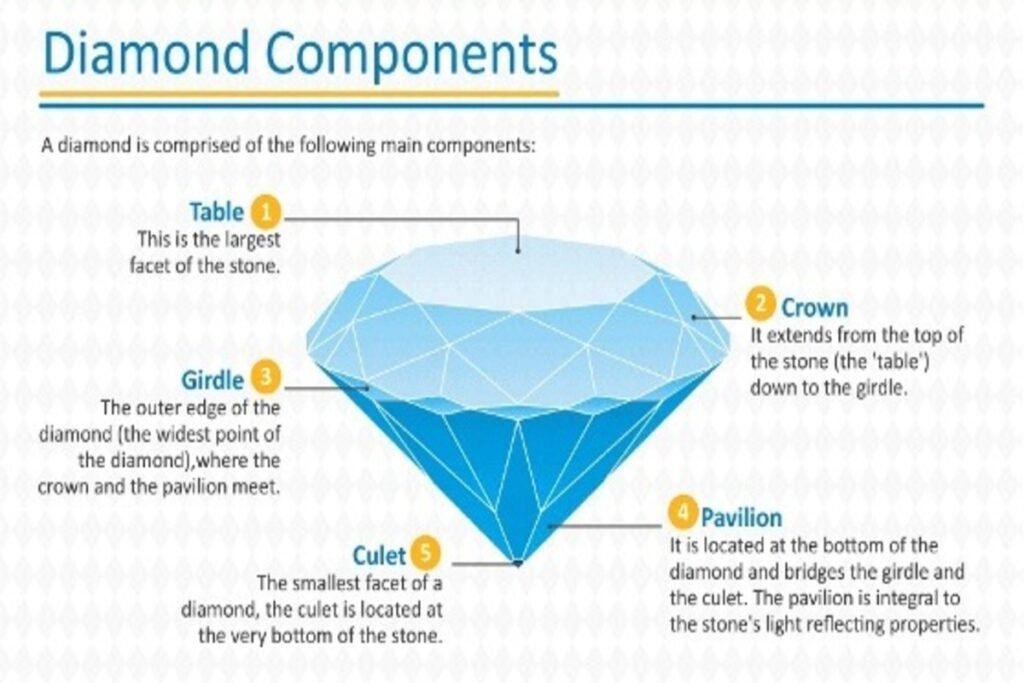
Cutting the rough: Getting the best price
Diamonds start with the rough cut, which is usually either unearthed in mines or created in laboratories. Many diamond consultants and jewelry makers will need to assess which kind of cut they need to make the most out of it based on shape alone.
Most rough diamonds can yield either a very deep cut or a smaller, better cut. A very deep cut tends to have a larger distance between the table and the culet. Technically, this yields a bigger diamond. A more well-cut diamond tends to be smaller in size. However, it is priced higher per carat because of the overall look and with a smaller yield from the rough diamond.
Proper proportions
When one gets the proper proportions, expect the diamond to have a higher price tag. Think of these proportions as the most ideal not only in size but also in the overall appearance. Excellent cuts have more light reflection, brilliance, and fire, all of which makes the diamond sparkle radiantly. This can significantly impact the look of the diamond, regardless of the carat weight.
In some cases, excellently cut diamonds might be a better option as opposed to focusing only on clarity or color. Even a very clear diamond can become less brilliant if it is not excellently cut. And if you are on a budget, you can allot a good portion of it to cut rather than go high up the clarity scale, because a better sparkle can offset a few inclusions.
When one considers table and depth, the ideal is somewhere in the middle of a shallow and a deep cut. Because this proportion tends to affect light reflection properties, it’s better to go for the recommended middle ground, ideal size as it rightly reflects light back upwards. This is in contrast to both shallow and deep cuts, which tend to let light disappear towards the culet.
5 Questions To Ask Your Trusted Jeweler
While not all jewelers may have the background or capability to cut diamonds professionally, they may know the individuals tasked for the job. Any reputable jeweler will have their respective sources for diamonds. If you want to understand more about diamond cutting to know exactly what you are buying, here are a few questions that you may want to ask your jeweler.
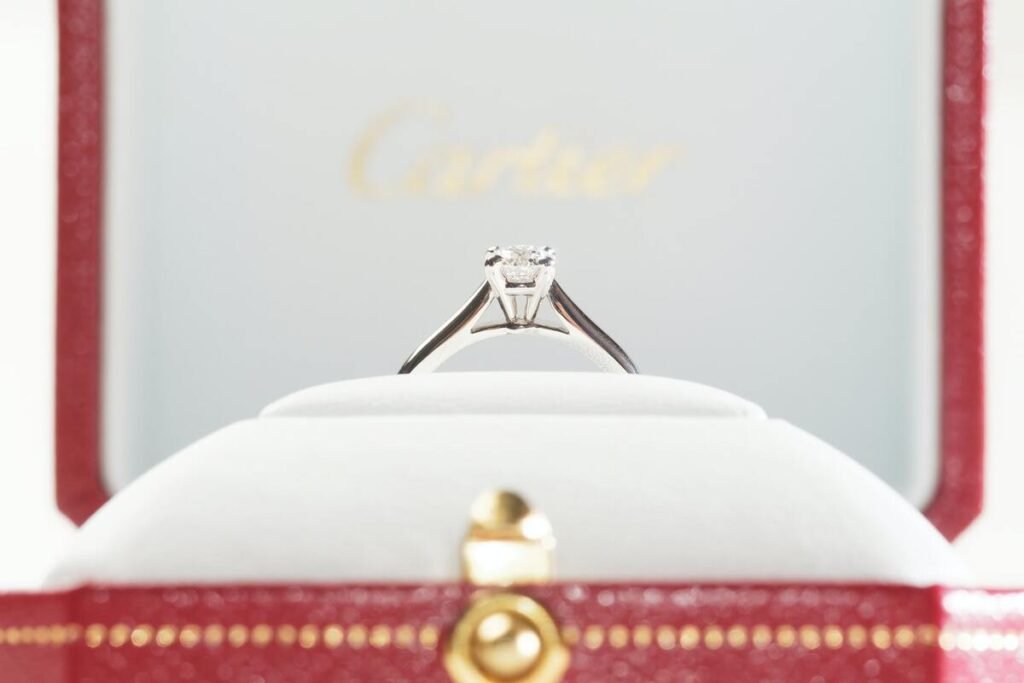
Who should cut my diamonds?
Diamond cutting has been a long-term profession. Considering how hard diamonds are, and how many factors are involved in the overall cutting and grading of diamonds, they need to balance the skills and remember the criteria to create excellently cut diamonds.
Diamond cutters are also known as lapidaries. They need to master not only cutting using the proper tools but also polishing the diamond and shaping it so that it can be readily used for jewelry. Even if the diamond industry only churns out 10% for the jewelry sector, a big facet of this is dependent on the overall look and finish of a diamond in order to sell.
Diamond cutting needs ample specialization and certification. Only a number of individuals and institutions can offer premium diamond cutting services. These professionals undergo rigorous training to churn out the best cut for the diamond possible.
What is used to cut diamonds?
Cutting diamonds can take a while. For most practitioners, they tend to follow five steps to properly cut the diamond.
First, one has to plan the actual cut. Nowadays, computer software assists the diamond cutter to ensure precise cuts. Second, they need to mark the outline of the diamond shape so they will be guided accordingly. Hard work now starts with the sawing, especially for some hard to maneuver diamond shapes.
Next, the jeweler chooses any of the three methods used in cutting the diamond. One way to do this would be through bruting, which involves lasers for cutting. Many jewelers subscribe to the common process of grinding diamonds against each other using a specialized machine. This allows them to shape each other into a smooth round cut.
Before the stone gets set on a ring, it needs to be polished and ready for grading. Each diamond goes through a grading and weighing process before being sold in trusted retail stores.
What does cut mean in a diamond?
There is so much that goes into the cut of a diamond beyond the mere shape. Jewelers who offer cutting services need to use specialized diamond cutting tools for the best grade cut.
Try to find certified diamond cutters, especially those with experience. Consider diamond purchases—even the smallest ones—to be a big buy that needs thorough planning.
How much does it cost to get a diamond cut?
In the same way that cut involves many facets, its pricing also entails many considerations. A diamond’s carat weight holds significant value in terms of dictating how much a diamond will cost after cutting.
Some parts of the diamond have to be cut out of the finished product. This makes well-cut diamonds even more precious. Some jewelers may try to maximize the size for the carat weight, hence the many sub-part diamonds in the market.
What is the best diamond cut?
To ensure that your diamond will be one of the better cuts in the market, try not to be fixated on the carat weight alone. Well-cut diamonds tend to look shinier and bigger even if it’s a smaller diamond in general. It’s important to note that while rating on paper may seem like a way to standardize pricing, this is not always the case. Some diamonds with the same rating can actually differ in price.
This is where an excellent cut can go a long way. A better cut diamond tends to have more sparkle even if it’s smaller. Jewelry enthusiasts would always say to go one grade or clarity lower without sacrificing cut. Besides being attractive, smaller but sparkly diamonds tend to have a higher price tag even when resold.
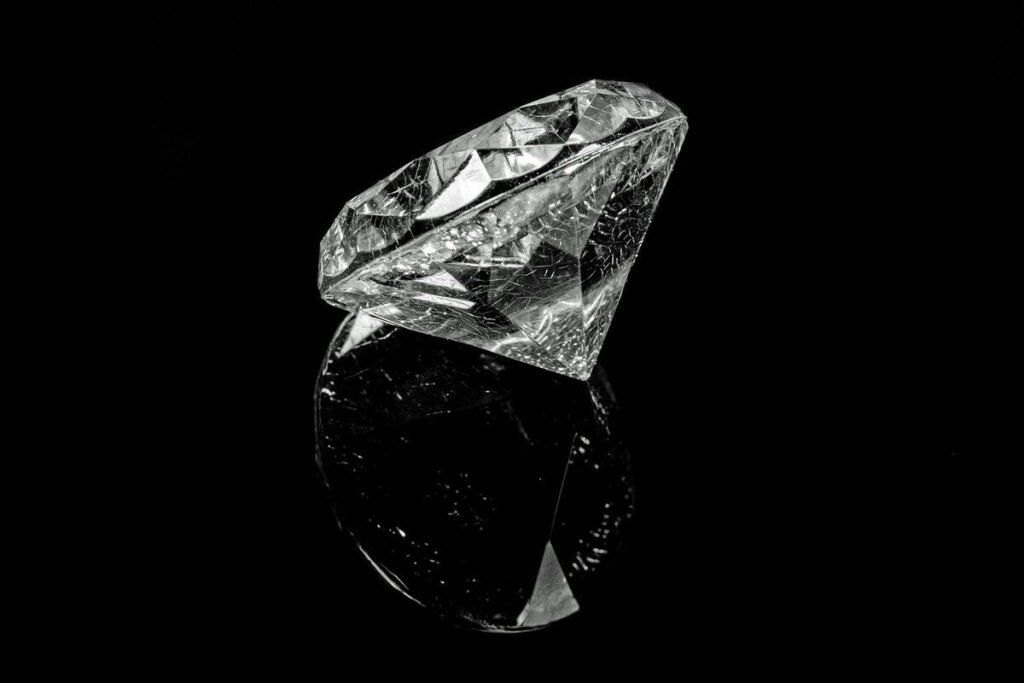
What is the most expensive diamond cut?
Despite more fashionable and trendier cuts like the cushion cut diamond, the round cut still reigns supreme. Well-cut round diamonds always fetch a hefty price tag. Its high price comes from its brilliant appearance because this cut has the most facets of all shapes. To achieve this, diamond cutters need to be precise in cutting out the diamond, while maximizing the parts included in the final cut.
Think of it as paying even for the discarded diamond. Part of the process of getting a brilliant diamond is cutting out the excess. In the end, you get the cut with the most sparkle and fire.
Technology For Cutting Diamonds
Cutting diamonds is no easy feat. Since it is among the hardest materials on the planet, you will need significantly advanced tools to do the job. However, since diamonds have been around far longer than some of the newer tools, some expert cutters have specific techniques to do the job.
A strict process
Not all diamonds immediately go to the cutting table to become a brilliant piece of jewelry. Some experts will use special anti-vibration technology and high magnification tools to determine the potential yield of rough diamonds.
From here, jewelry cutters may use a rough diamond cutting machine to cleave the diamond. Some cutters use steel blades or lasers specifically for diamond cutting, depending on the cutter’s expertise.
Typical tools
When early jewelers started cutting diamonds, they did not have advanced diamond cutting machines. It all began with a scaif back in the 1400s, a tool that first cut out facets to let a diamond shine.
As technology advanced, the diamond cutting service industry adapted to the booming demand. More types of diamond cuts became available in the market. Because proportions matter to the trained and untrained eye, quality control for diamonds have become even more stringent.
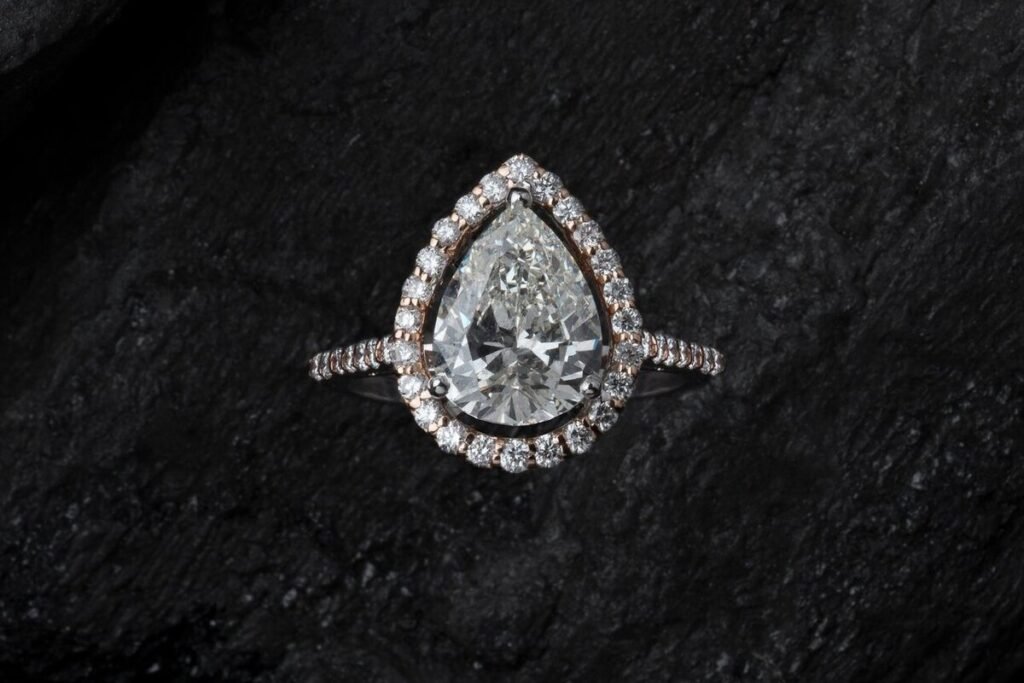
Go with a trusted jeweler
It’s important to always go to your trusted jeweler when buying cut diamonds. Not only are they more likely to have a certificate for the gemstone, but they can also connect you to the proper institutions that can deliver quality cuts.
It pays to look at the bigger picture when buying diamonds. Just because it’s bigger does not mean it’s better. Like other fine jewelry pieces, diamond cuts can spell the difference between a dull spark and a brilliant glamour on your finger.
If you want to know more about diamonds, especially those that are ethically created, check out article, “Lab-Grown Diamonds: Are They Worth It?”
